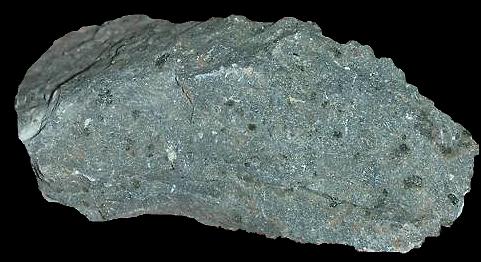
The next day, his security guard apologized for skipping work, showed him a stone and told him that diamonds had been discovered nearby. Madlala recalled being puzzled on a Thursday in early June when barely any of his employees showed up for work. Occupancy at the town’s only hotel, the James Ilenge Lodge, increased to about 80 percent from 30 percent - mostly with journalists, but also some diamond seekers, according to Excellent Madlala, the owner. Within a week, amateur miners had flooded the field This geopolitical context, as well as the legislative foundations of the diamond-mining industry, will be expanded upon in the next instalment of this column.Their secret leaked the first weekend in June when the other herdsman, Happy Mthabela, showed some of the stones to guests at a wedding.
#Diamond rush south africa desperation free#
The river diggings and the surrounding farms were located on land that had been contested by Griquas, Transvaalers and Free State burghers since the 1850s.Īn examination of the issues of land ownership and sovereignty over the early alluvial diamondfields is essential to the understanding of the later development of the diamond-mining industry and, indeed, the political development of South Africa, in general. Not surprisingly, the area along the banks of the Vaal, which was frantically rushed by diamond prospectors, was disputed territory.
#Diamond rush south africa desperation series#
The technology used was very simple, consisting of little more than a pick and a shovel and a series of sieves, and marketing relations were usually personal and limited.įew of these early diggers made much money most of the stones found were very small and worth less than £1. Production was carried out on a small scale, generally in units consisting of a digger with, perhaps, one partner and no more than three or four labourers. The heavy work of digging and washing was done by the diggers or, whenever they could obtain them, black employees the sorting of the residue was done by the diggers themselves or, in the case of many of the Boers, by their wives and children, the only people they felt they could trust.ĭiamonds showed up brilliantly and were seldom missed on the sorting table the larger gems, a digger reported, were often found in the sieve or even during digging.īy the end of 1870, the main features of the initial phase of diamond digging were readily apparent. The gravel was loaded into wheelbarrows or carts and deposited away from the side of the river.Īt the depositing sites, they washed the material through a series of meshed screens until only a diamondiferous residue remained to be laid out on a table and sorted by hand.

In general, they excavated their 20-ft2 claims with pick and shovel to a depth of about 5 ft, at which point the ground gave way to what was considered nondiamond-bearing soil.

The river diggers established small, individual claims along the banks of the river and adopted a simple mining technology that had only limited labour requirements. At frequent intervals, fever swept through the camp, killing hundreds of men.ĭespite the hardship and incredibly poor living conditions, the diggers worked the alluvial claims with enthusiasm. There were no sanitary arrangements at all to speak about and, in an age when the great killers like typhoid and cholera had not been controlled, that was a grievous omission. Inevitably, the early diggers suffered from an exceptionally poor diet, as they had little access to good vegetables. It was said that, of the 6 000 first arrivals, only 20 had a mattress.ĭrink could always be had at a price but food was always a problem, the diet consisting chiefly of game meat. Some men lived in covered wagons, some in bright white canvas tents, some in huts built of reeds, and some slept on the open veld, where they could.

It is easy to romanticise the early days of the South African diamond rush, but life for the early prospectors was anything but pleasant or easy-going.

The success of the first systematic diamond exploration by a party of Californians, Australians and a Brazilian miner at Klipdrift (present-day Barkly West), on the north bank of the Vaal, early in 1870, encouraged still more adventurers to invest time and savings while the strike lasted.īy the end of 1870, there were 10 000 diggers stretched along 80 miles of the Vaal and a whole line of settlements grew up along the tree-lined bank of the river. At the initial stage of the rush, a slow trickle of prospectors descended on the banks of the Vaal and, by the end of 1869, several hundred people were encamped along the banks of the river.


 0 kommentar(er)
0 kommentar(er)
